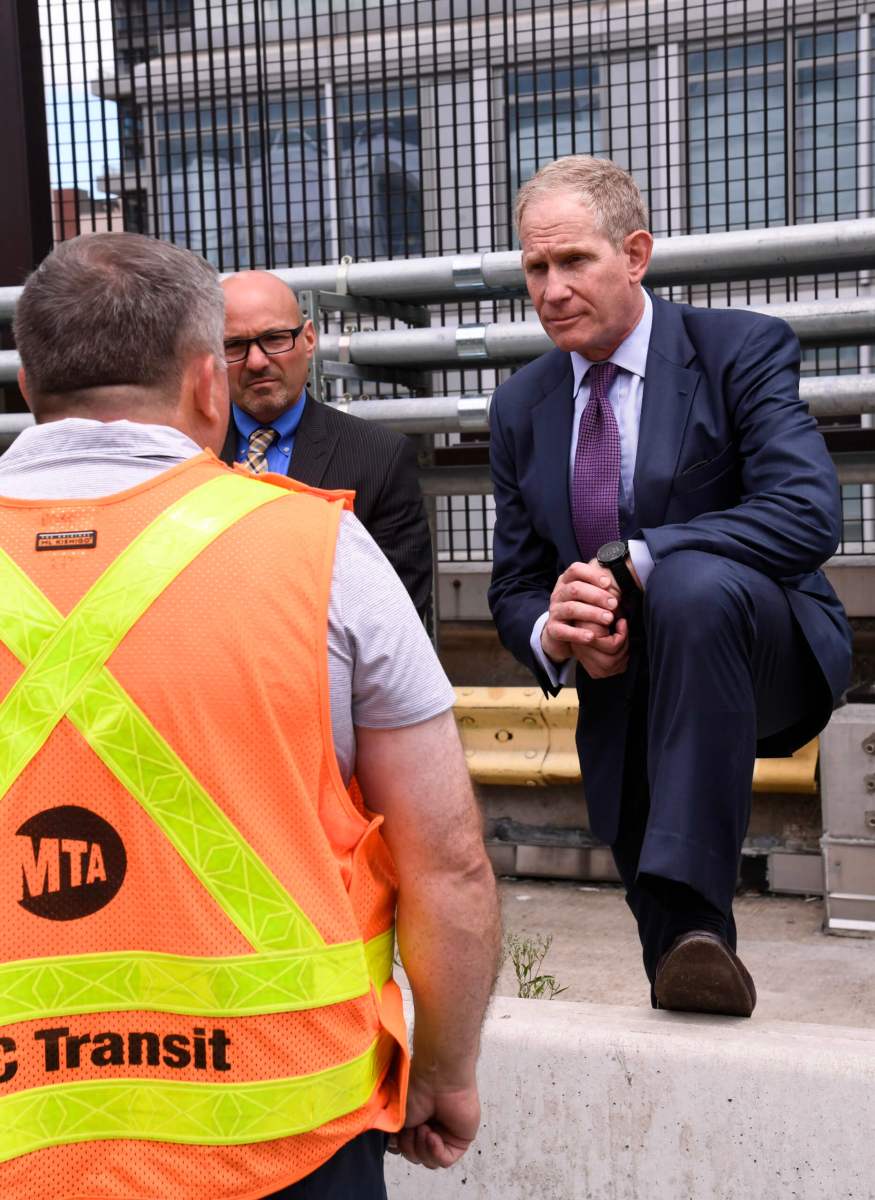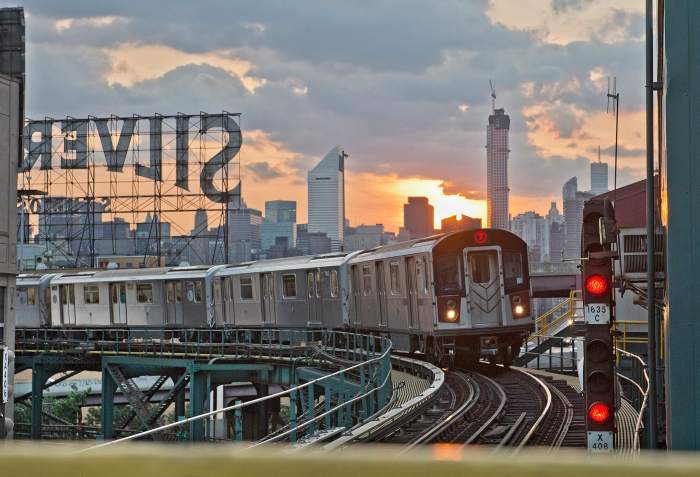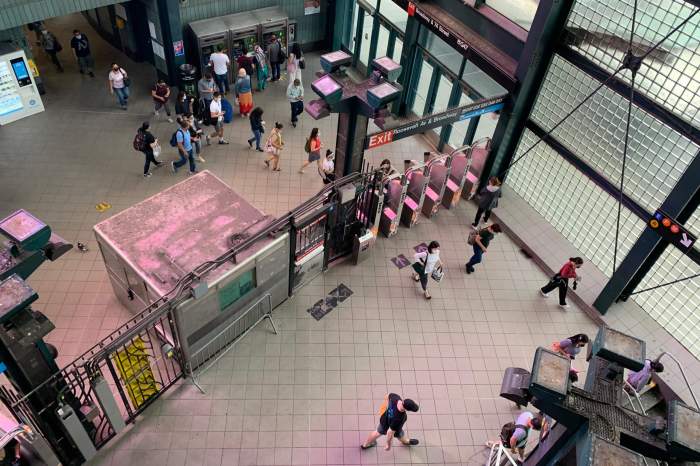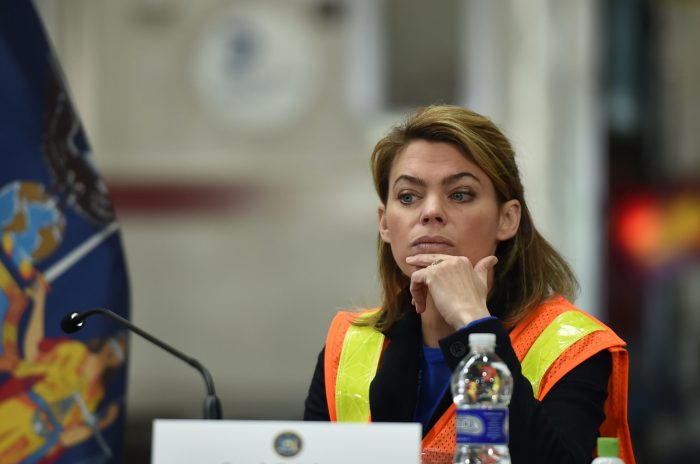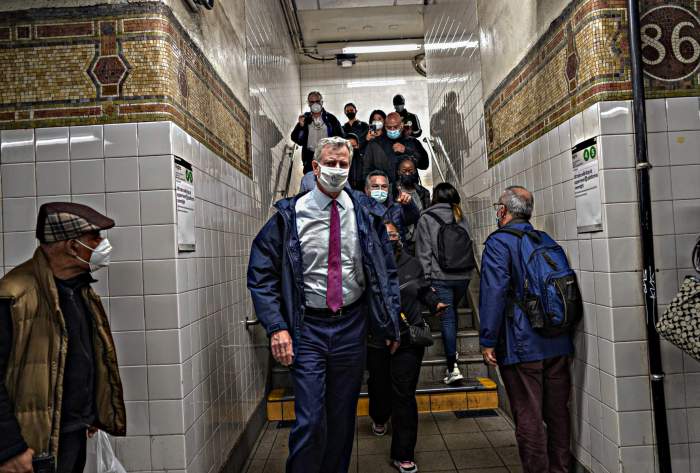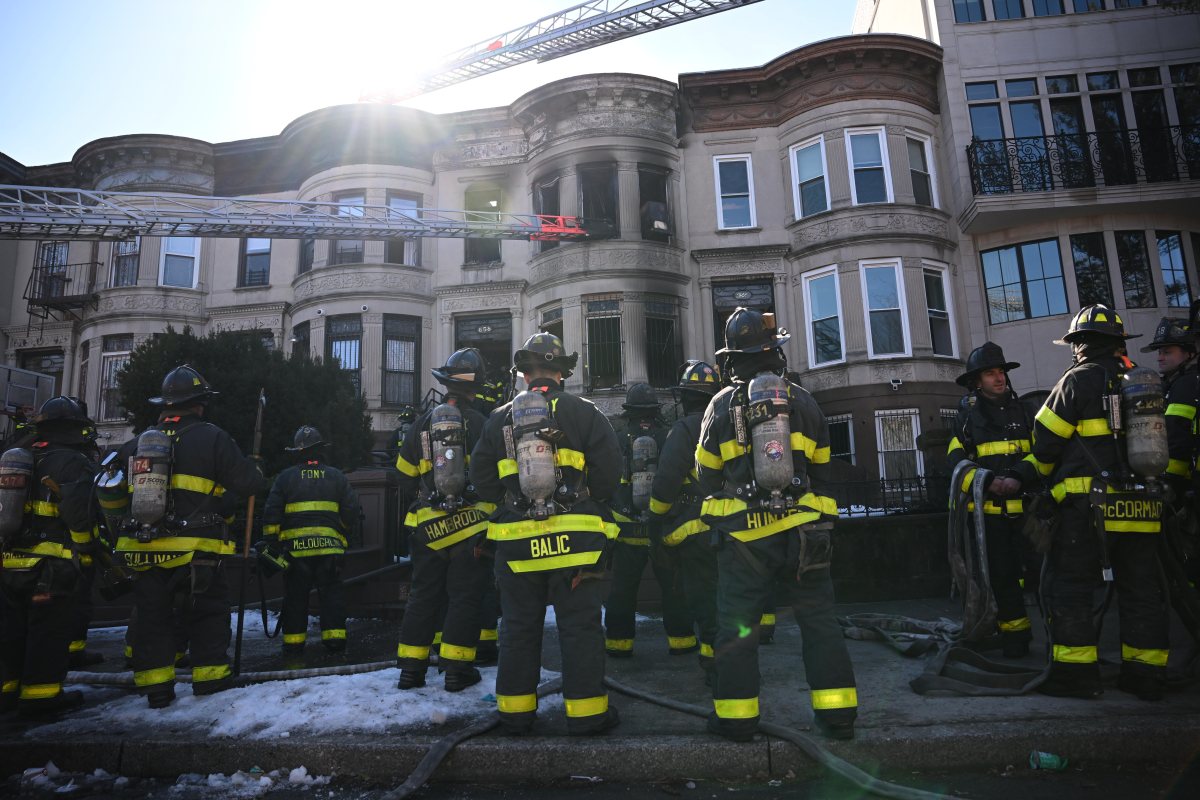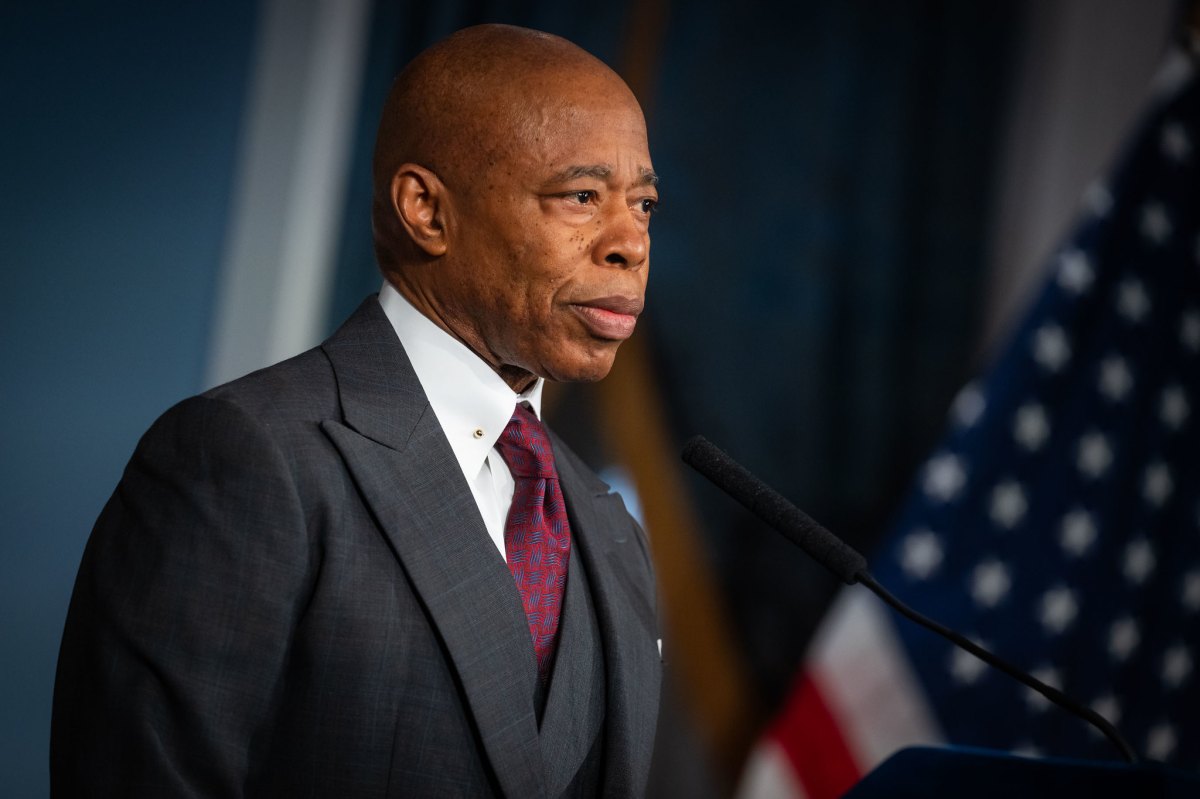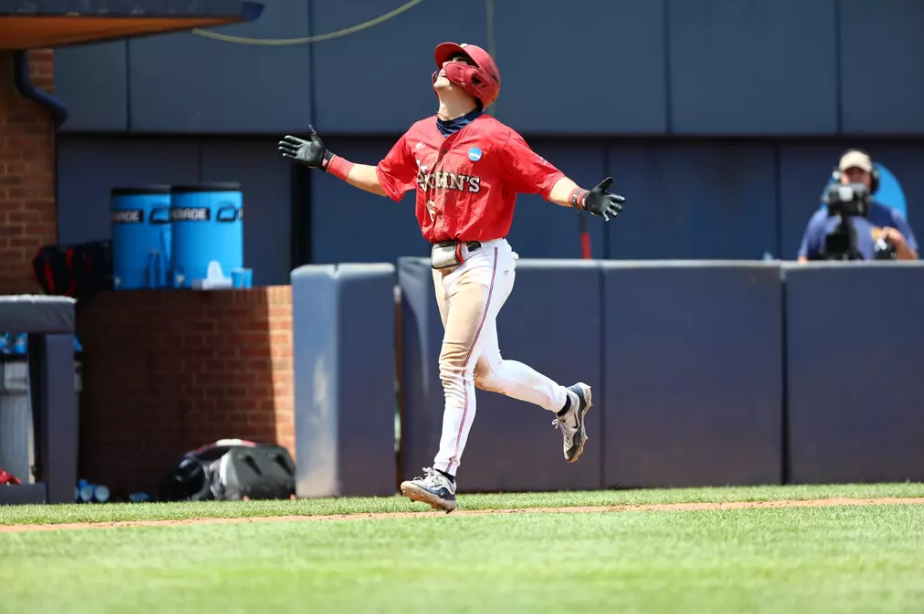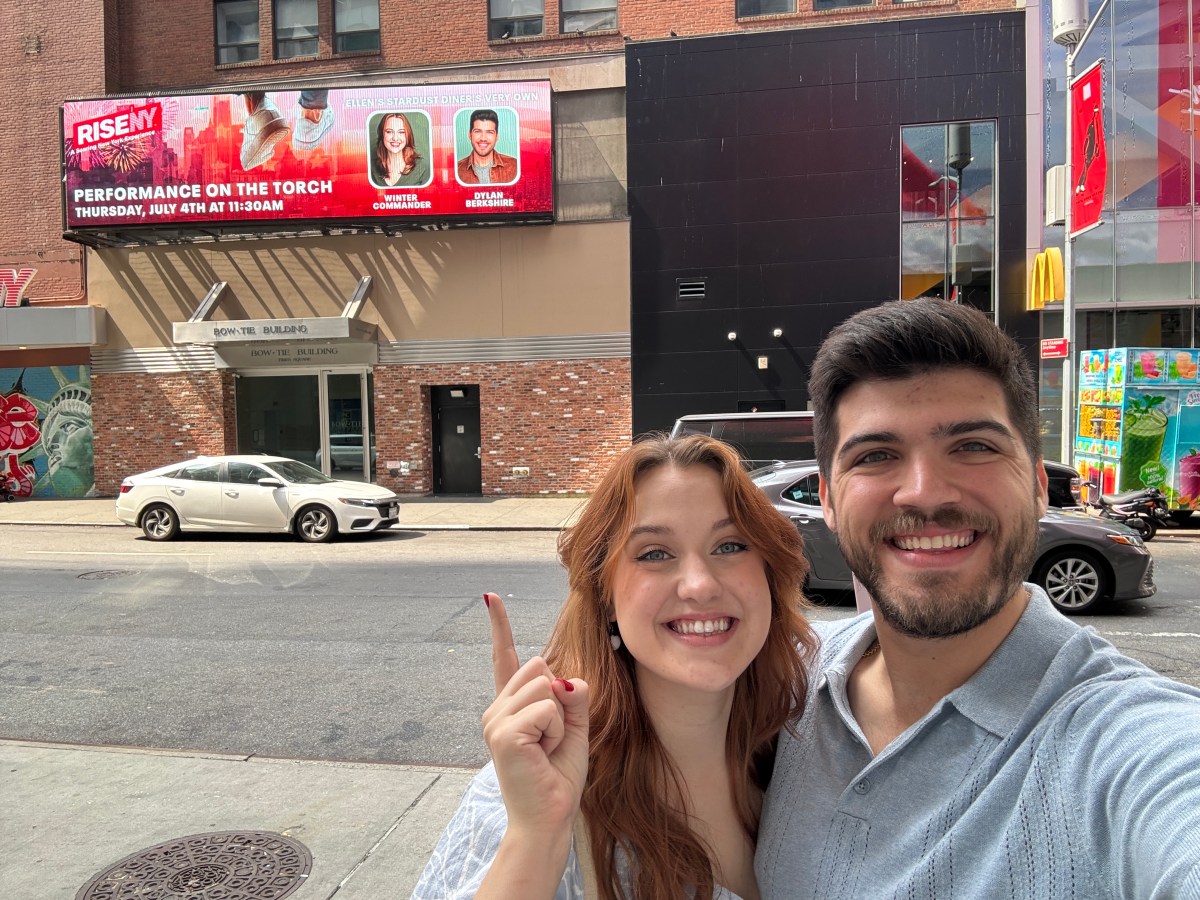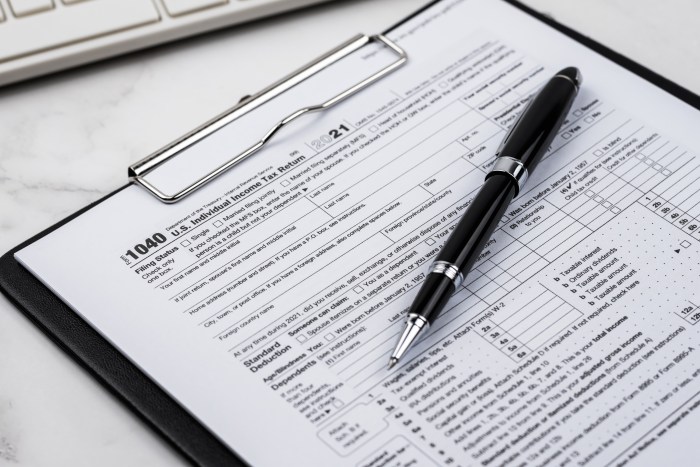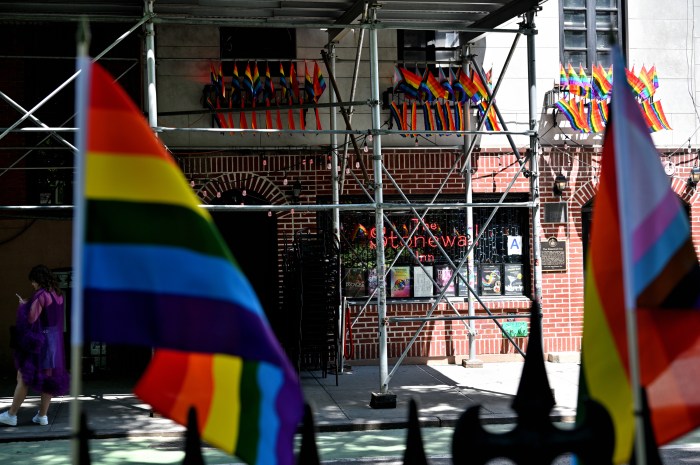New York’s recovery from COVID-19 presents a huge challenge for public transportation: how do we support the region’s revival by pushing subway, bus and commuter rail service to new levels of efficiency, comfort, and accessibility? This question captures my core mission as the MTA’s new acting Chair and CEO, and I don’t take it lightly.
As a native New Yorker and Brooklynite who has never lived more than a block away from a subway station, I know how integral mass transit is to our way of life, especially now. Transit has always been one of New York’s great common denominators despite the serious inequalities we all recognize. We share the joy of a seamless commute on the Q or crosstown bus and the feeling of frustration when service is delayed.
During the pandemic, MTA subways, buses and commuter rails have had stellar performance by every standard, and my highest priority is ensuring that we keep operating at a high level as our customers head back to work and school. While I am new to my current role, I am not new to the MTA or to tackling issues like those we are facing now.
I’ve worked in public service and on public projects for decades — starting my career in the Koch administration where I worked with the MTA, from a position in City Hall, during the agency’s first great revival in the 1980s under Bob Kiley and David Gunn. That experience made clear the symbolic and central importance of transit to the economic health of New York.
From there, I went on to work at the U.S. Department of Transportation during the Clinton years and then at Silverstein Properties, where it was my privilege to spend 14 years working to rebuild the World Trade Center. While it was private sector work, it was always a civic mission of the highest order. We worked closely with government, residents, and community boards to create a better version of Lower Manhattan than existed before 9/11.
The process solidified my view (as if there were ever any doubt) that you should never bet against New York: even in the wake of great tragedy, we come together to survive and thrive. New York is going to get through this crisis, just as we did after 9/11, Superstorm Sandy, the Great Recession of 2008-10, and the financial crises of the 1970s and 1980s. We’re seeing it already with the revival of the housing market and neighborhood retail and the return of Broadway and nightlife.
To keep this momentum going in the weeks and months ahead – and to attract riders back to transit – the MTA is undertaking an unprecedented effort to provide top-notch service. We are challenging ourselves to get riders where they need to go faster, with increased service, smarter schedules and innovative new fare structures that work for changing travel patterns.
Just last week we announced a major push to improve bus service with our partners at the New York City Department of Transportation that will add or improve 20 miles of new busways and bus lanes citywide, expand transit signal priority, and install hundreds of cameras to help keep these corridors clear. Our borough-by-borough bus network redesigns are also restarting, and we’re working with the city to improve accessibility at bus stops and give riders more real-time service information than ever.
Improvements aren’t stopping there.
The MTA’s historic 2020-2024 Capital Program is back on track after being paused due to the pandemic. I helped develop the plan as president of MTA Construction and Development, and I’m committed to seeing it through – new signals on six subway lines, historic investments in accessibility and zero emissions buses, transformative mega projects like LIRR Mainline Expansion-Third Track, Metro-North Penn Station Access, and Second Avenue Subway Phase 2, and – perhaps most important – billions of dollars for repairs and upgrades to bring our system into a State of Good Repair.
We have a historic opportunity to create a better transit system and city, and I’m honored to be entrusted with this mission. I look forward to seeing you out there.
Janno Lieber is acting Chair and CEO of the MTA.



